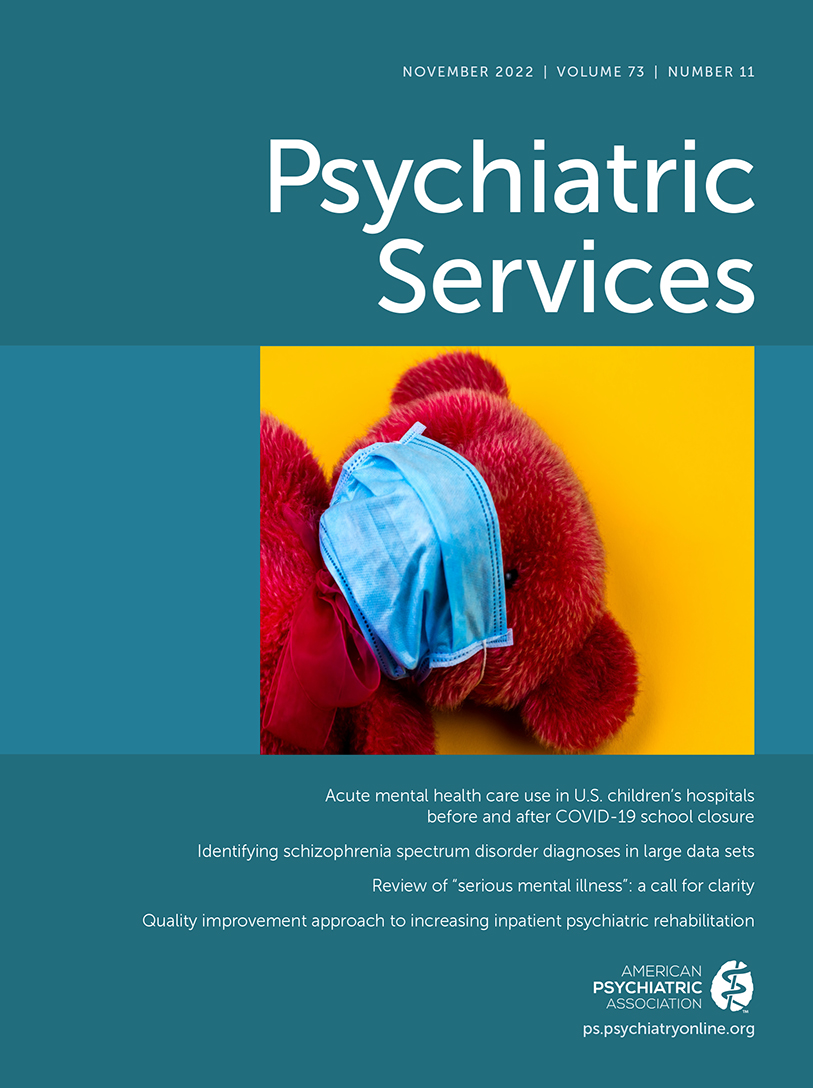Rapprochement and Reform: Overcoming Factionalism: Response to Commentaries
We thank Drs. Atterbury, Jones, Goldman, and Parks for their incisive commentaries on our article (1). We agree on many points, and some disagreements appear to be semantic. In particular, all appear to agree that factionalism, as we understand it, is a critical problem. Indeed, Goldman highlights his earlier work on factionalism and provides additional important details on prior commissions that dovetail with our article (2). While Atterbury and Jones suggest that dogmatism, rather than factionalism, is concerning in policy making (3), dogmatism between competing groups requires groups. If those groups compete in the unfair manners we noted, they are factions. Thus, dogmatism is often a form of factionalism, but not all factionalism is dogmatic. Our discussion of incomplete evidence illustrates this because some that misrepresent evidence may dogmatically reject evidence against their view, but others may instead be acting in bad faith.
Parks considers factionalism to be a challenge—but one that “direct[ly] result[s]” from including stakeholders’ diverging viewpoints (4). We do not think that authentic disagreement entails factionalism. Perhaps because Parks believes factionalism is, to some extent, inevitable, he suggests a model of deliberation that attempts to align group interests. In turn, he agrees with our emphasis on consensus building but appears to find clarifying disagreement to be counterproductive. However, taking preexisting group interests as given and setting policy by their overlap risks sacrificing highly needed aims at the expense of those that merely happen to be agreed upon (even if for unjustified rationales). For instance, the self-interest of relatively privileged or powerful majorities often does not align with interests of those in most need; if consensus among that majority determines policy making, the interests of those most in need will go unmet. As we noted, this has happened historically; in the challenging aftermath of deinstitutionalization, the focus of policy makers shifted to populations who were less ill. Moreover, in such circumstances, the less powerful will often be excluded from agenda-setting—a problem that Drs. Atterbury and Jones rightly worry about. Instead, deliberation must sometimes lead to a change of priorities.
Atterbury and Jones also raised concerns about deliberative democracy that are problematic. They first suggested it lacks empirical support. We cite research to the contrary. In fact, one research group has produced 100 deliberative polling studies in 29 countries, with thousands of participants, showing deliberative democracy’s ability to make progress on disagreement (5, 6). Second, they point to the current and historical exclusion of various people from public policy making and deliberation, taking this as evidence against deliberative democracy and invoking precedents of politicians that were not deliberative democrats. Third, and relatedly, they suggest that deliberative democracy’s emphasis on equality, freedom, and reasonable discussion promotes exclusion. But historical examples of inappropriate exclusion are not evidence that well-designed deliberative procedures are doomed to fail. And arguments against such exclusion are better understood as criticisms against institutions that claim to realize such values in theory but fail to do so in practice—rather than the deliberative norms and values we proposed. We see no reason that our principles entail such exclusion. Indeed, we agree with Atterbury and Jones that many groups have largely been excluded from the production, dissemination, and application of evidence in mental health policy setting. Our article was in part directed at correcting this injustice.
1. : Rapprochement and reform: overcoming factionalism in policy making for serious mental illness . Psychiatr Serv 2022 ; 73 : 539 – 546 Link, Google Scholar
2. : Commentary on “Rapprochement and Reform: Overcoming Factionalism in Policy Making for Serious Mental Illness . Psychiatr Serv 2022 ; 73 : 570 – 571 Link, Google Scholar
3. : Overcoming factionalism in serious mental illness policy making: a counter-perspective . Psychiatr Serv 2022 ; 73 : 574 – 576 Link, Google Scholar
4. : Commentary on Smith and Sisti: “Rapprochement and Reform: Overcoming Factionalism in Policy Making for Serious Mental Illness . Psychiatr Serv 2022 ; 73 : 572 – 573 Link, Google Scholar
5. : Democracy When the People Are Thinking: Revitalizing Our Politics Through Public Deliberation . Oxford , Oxford University Press , 2018 Crossref, Google Scholar
6. Center for Deliberative Democracy: What Is Deliberative Polling? Stanford, CA , Stanford University . https://cdd.stanford.edu/what-is-deliberative-polling . Accessed Feb 3, 2022 Google Scholar



